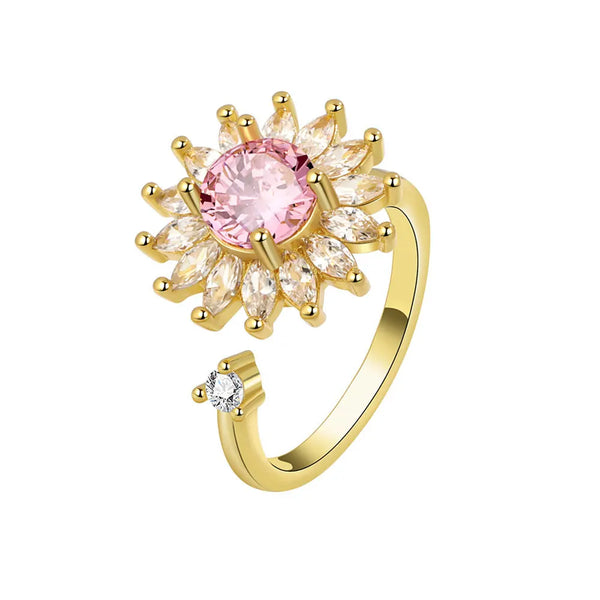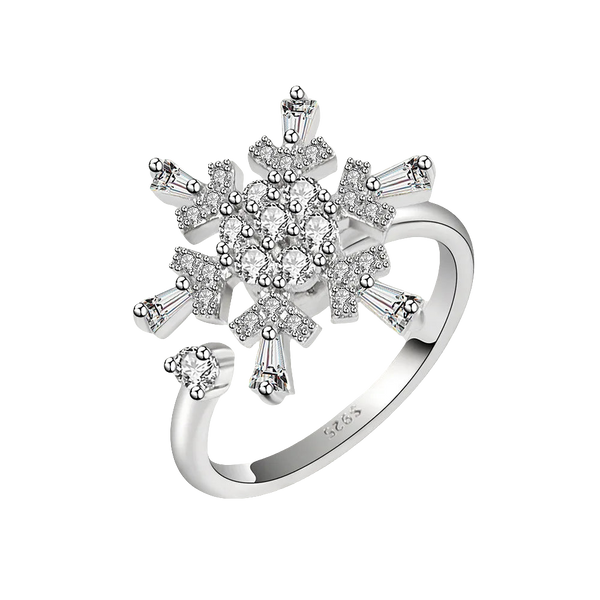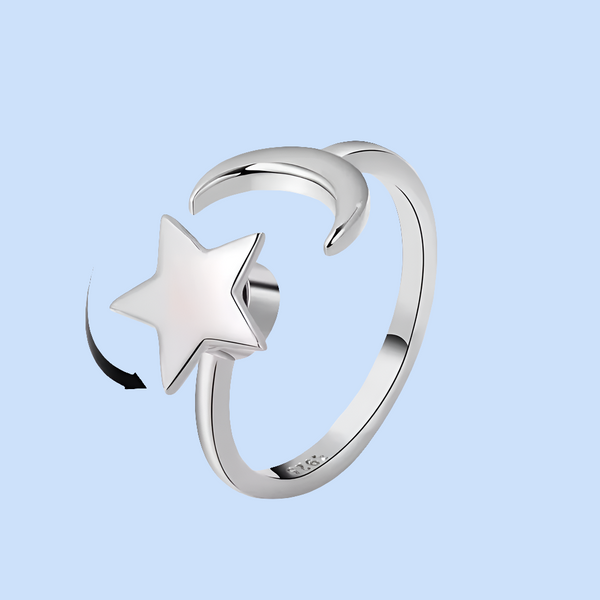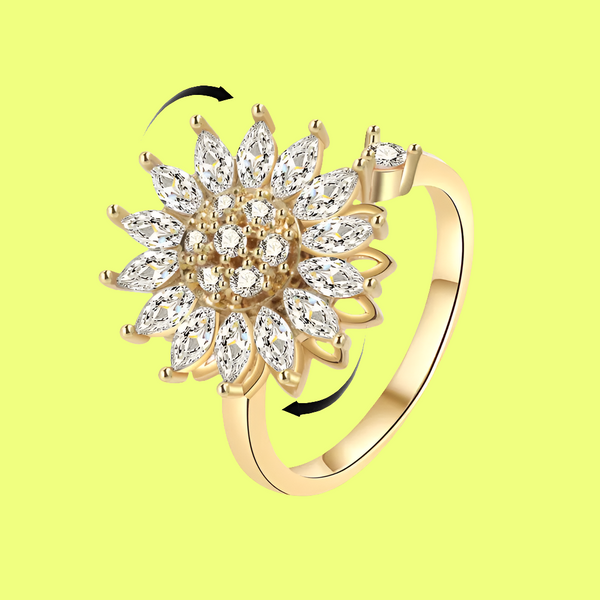Share
8 min read · by Isabelle from Melloa
How to Know If You Have ADHD or Just a Distracted Brain

In a world filled with constant notifications and endless to-do lists, it can be hard to tell whether you truly have ADHD or if your brain is simply exhausted by modern life. Psychiatrist and brain imaging expert Dr. Daniel Amen joined Jay Shetty to explain what really happens inside the mind and how to find focus again. The video was really interesting, so I wanted to share the takeaways with you.
“We now consume the equivalent of seventy two gigabytes of information a day. That is like reading one hundred thousand words daily.” — Dr. Daniel Amen
The Overstimulated Mind
Our brains were never built for this amount of stimulation. Between social media, processed food and daily stress, society itself has become a machine that constantly hijacks attention. The result is that many people feel restless, foggy or unable to concentrate, and they assume it must be ADHD.
Dr. Amen calls this society induced ADHD. It looks like the real thing but comes from lifestyle and environment rather than genetics.
What True ADHD Really Is
According to Dr. Amen, genuine ADHD is genetic. It runs in families and shows up as lifelong patterns of behavior. The prefrontal cortex, which controls planning, impulse control and focus, tends to be underactive, and dopamine levels are low.
Left untreated, ADHD can lead to struggles in school, impulsive choices, addiction or chronic disorganization. When treated correctly, however, these same brains can become highly creative and driven.
“Withholding treatment from someone with ADHD is like withholding glasses from someone who cannot see.” — Dr. Daniel Amen
How to Tell the Difference
The key is to look for patterns over time, not just moments of distraction. People with ADHD often show these signs:
- Difficulty focusing on boring or repetitive tasks
- Extreme sensitivity to sound, light or textures
- Messy environments and frequent lateness
- Waiting until the last minute to get things done
- Acting on impulse and regretting it afterward
Many people with ADHD chase stimulation because excitement brings a burst of dopamine that their brain struggles to produce naturally.
The Seven Types of ADHD
Through decades of brain scans, Dr. Amen identified seven unique patterns:
- Classic: hyperactive, impulsive and disorganized
- Inattentive: quiet, spacey and often underactive, common in girls
- Overfocused: rigid, argumentative and unable to shift attention
- Limbic: emotional, pessimistic and slightly depressed
- Temporal Lobe: moody, irritable and prone to learning challenges
- Ring of Fire: overstimulated brain activity that worsens with stimulants
- Anxious: nervous, perfectionist and easily distracted
Each type requires a different strategy. What helps one person may worsen symptoms in another, which is why personalized care matters so much.
Start With Lifestyle Before Medication
Dr. Amen encourages parents and adults to begin with simple changes rather than medication. These include:
- A full digital detox, especially no screens in bed
- An elimination diet for one month, removing gluten, dairy, corn, soy, artificial dyes and sweeteners. In one study, seventy percent of children lost ADHD symptoms after doing this
- More sleep and protein rich breakfasts
- Less sugar and processed food
“Food is so important. Find foods your kids love that love them back.” — Dr. Daniel Amen
Dopamine and the Need for Focus Tools
Dr. Amen explains that many impulsive habits are unconscious ways to chase dopamine. This is why sensory tools and small grounding rituals can help calm the mind.
A simple accessory like a fidget ring can bring the hands into rhythm and help redirect restlessness into focus. It gives the mind a soothing anchor, which can gently restore attention.
Breaking the Cycle
Because ADHD is hereditary, awareness in one generation can transform the next. Dr. Amen believes prevention starts early, by teaching children how to eat well, sleep deeply and protect their focus before adulthood.
He reminds us that caring for the brain is not only about improving performance. It is about shaping the health and potential of future generations.
In Summary
Whether your mind is truly wired for ADHD or simply overstimulated by modern life, your brain deserves care. Calm does not come from doing more but from creating the right conditions for focus to return.
“If you want a healthy mind, it starts with a healthy brain.” — Dr. Daniel Amen
You can watch the full interview with Jay Shetty and Dr. Daniel Amen for a deeper understanding of how to protect your focus naturally.








